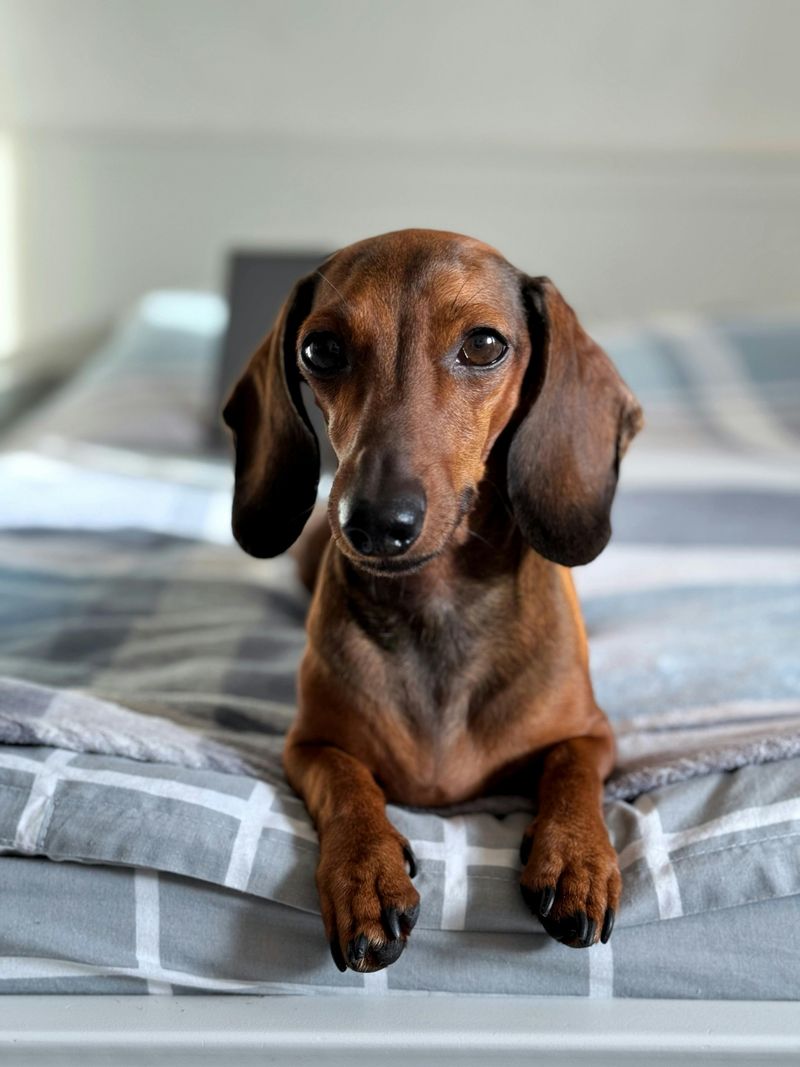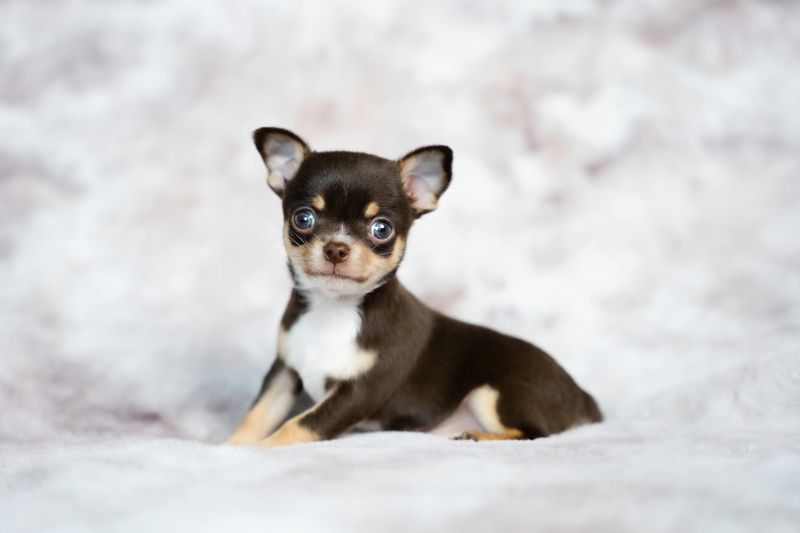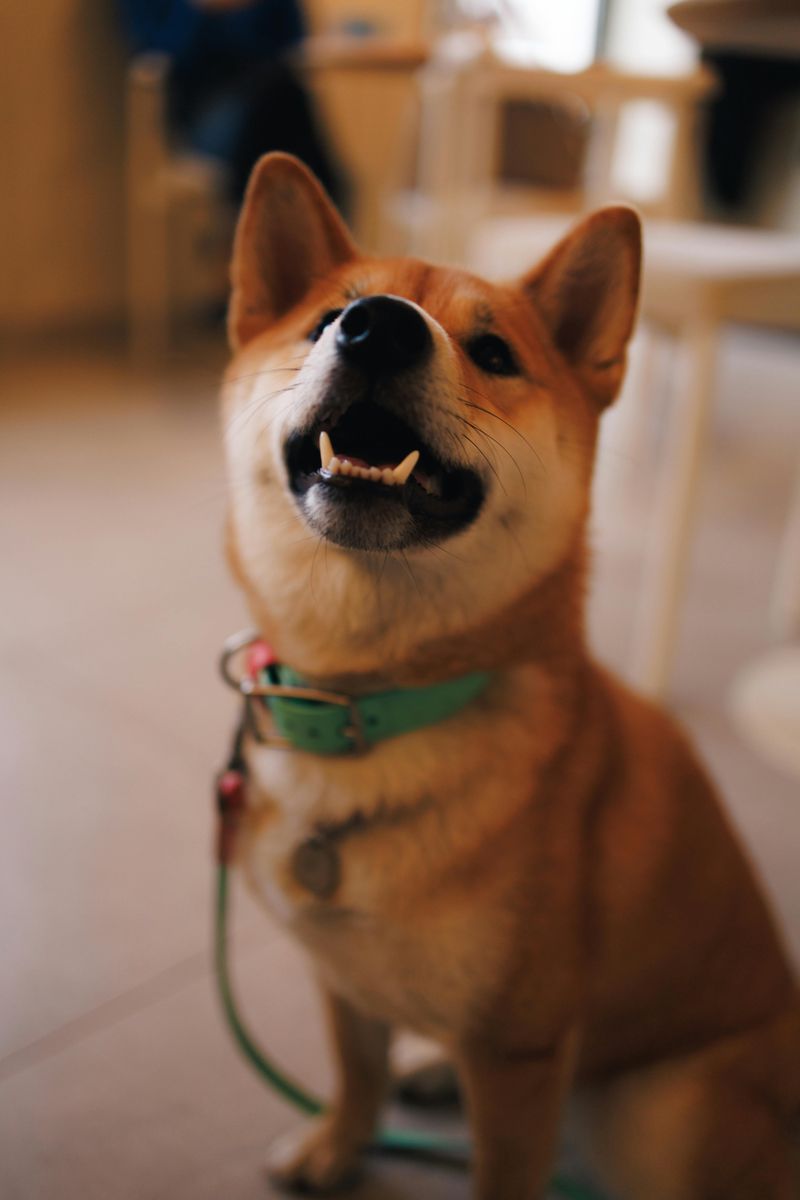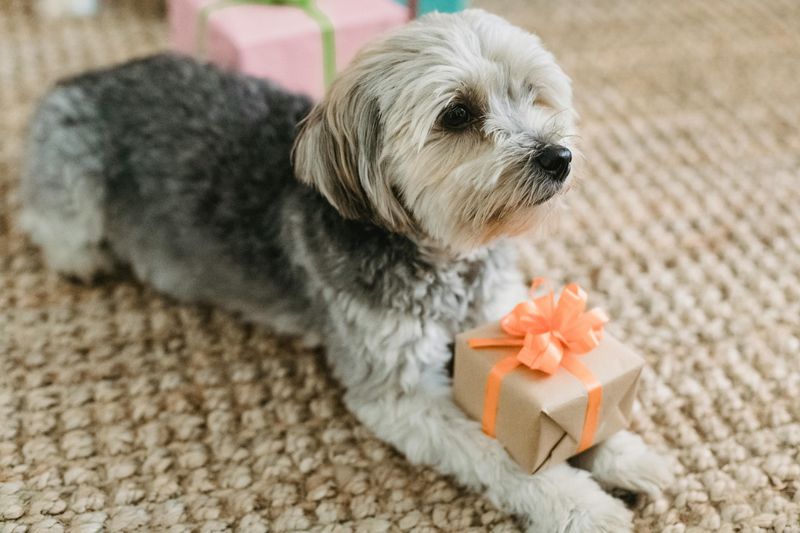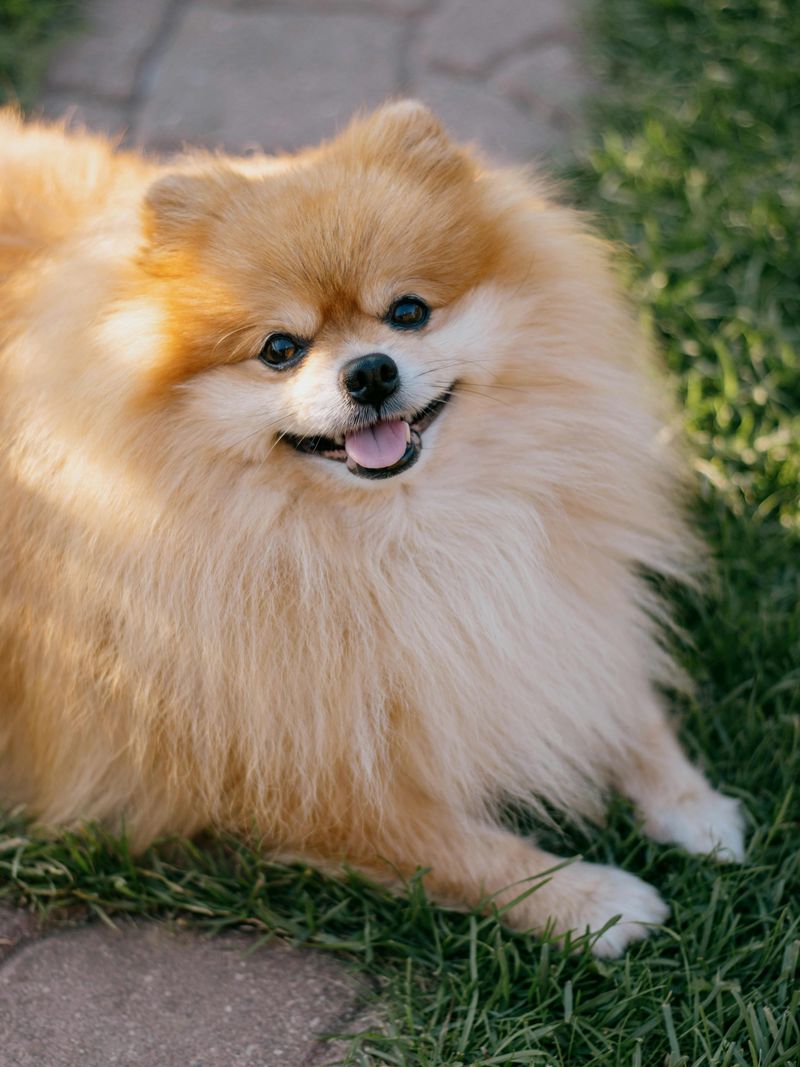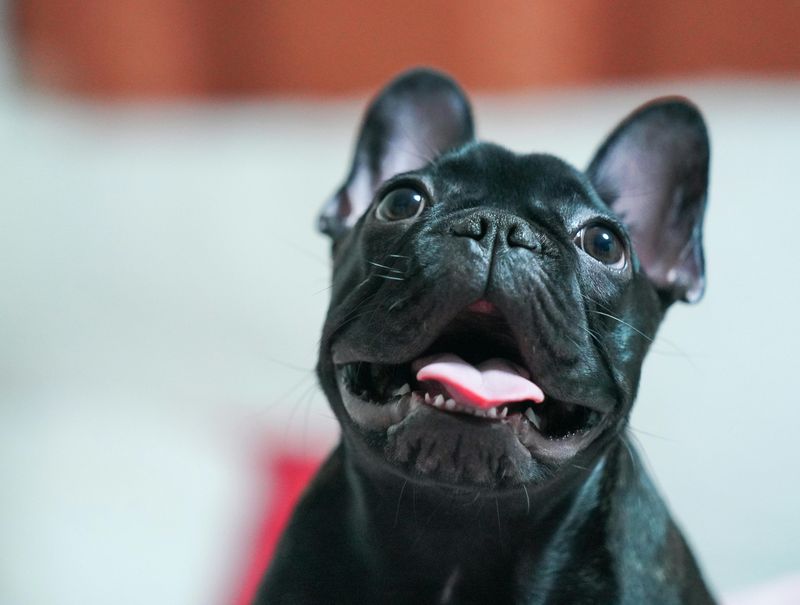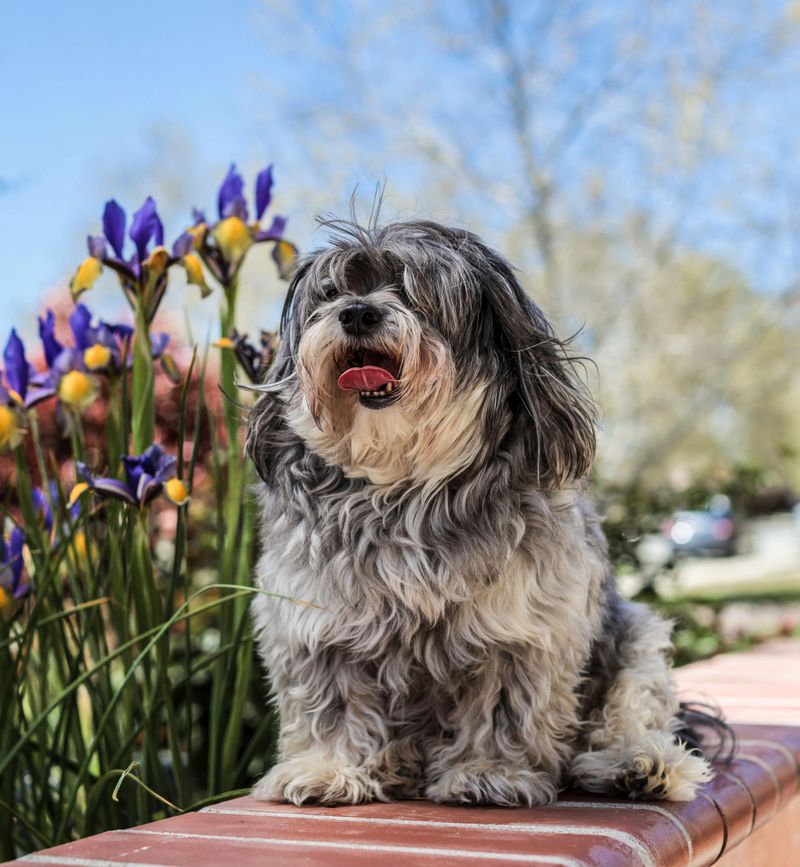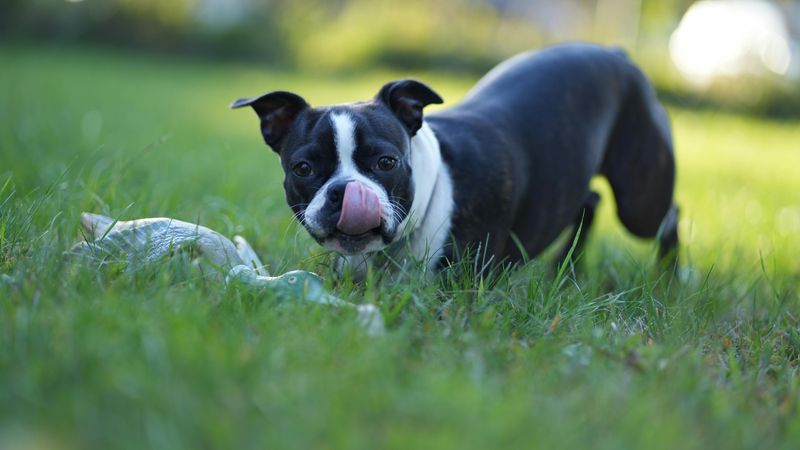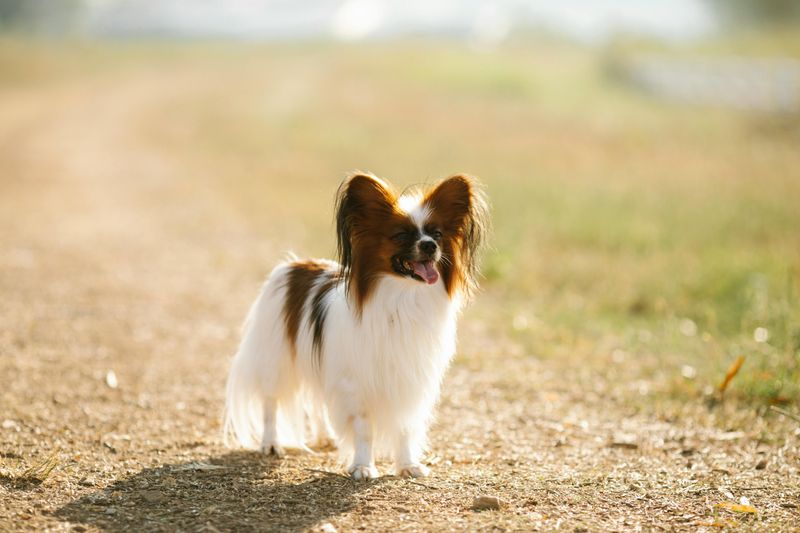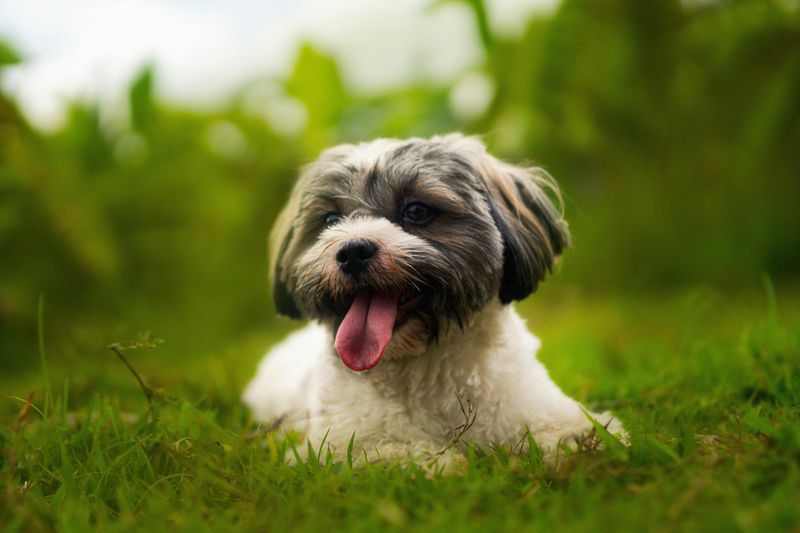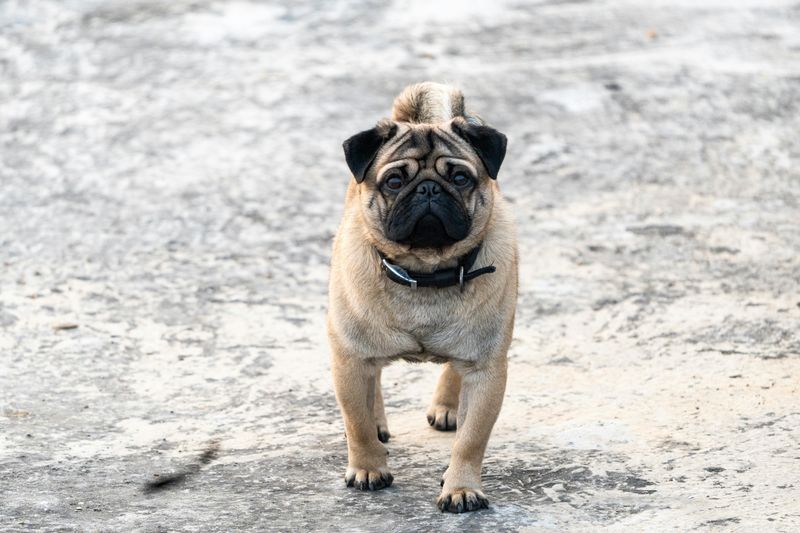Small dogs look adorable, but their needs can surprise first-time owners. Some pint-sized pups pack huge energy, strong opinions, and specialized care demands that challenge even patient beginners. Still, a few compact companions are delightfully straightforward when set up right. Use this guide to dodge common pitfalls, match your lifestyle, and choose a small breed you can truly thrive with—whether you crave spirited challenge or breezy harmony.
Jack Russell Terrier
Built like an athlete in a compact frame, the Jack Russell Terrier is intensity personified. Bred for fox hunting, they thrive on problem-solving and relentless activity. Without vigorous daily exercise and brain work, they can channel energy into digging, barking, and remodeling your furniture. Training must be upbeat and structured, with clear boundaries and consistent rewards. Early socialization is essential; their prey drive can be formidable. Apartment life is possible only with a serious activity plan. Prospective owners should love agility, nosework, or long runs. With proper outlets, they shine as brilliant, mischievous companions.
Dachshund
Dachshunds are charming, brave, and hilariously opinionated. Their elongated backs demand careful handling, no jumping from furniture, and weight control to prevent spinal issues. They can be vocal watchdogs, stubborn on leash, and hard to housetrain without a strict routine. Patience and positive reinforcement are non-negotiable. Short, upbeat training sessions work best. Mental enrichment like scent games channels their tracking instincts productively. Socialization helps curb reactivity toward strangers and dogs. They bond fiercely and dislike being left alone too long. With thoughtful back care and consistency, they reward owners with comedic personalities and unwavering devotion.
Chihuahua
Chihuahuas are tiny powerhouses with big opinions. Their size doesn’t reduce their needs: they require structured training, careful socialization, and protection from rough handling. Without boundaries, they easily develop excessive barking, nipping, and resource guarding. Temperature sensitivity means sweaters and warm bedding help. Housetraining can be challenging; consistent schedules and litter or pad training may assist. They bond intensely to their person and can become overly protective without guidance. Despite their sass, they’re trainable and delightful with positive methods. For first-timers ready to respect their small stature and big personality, they’re spirited, loving companions.
Shiba Inu
Shiba Inus are foxlike, independent, and impeccably clean, yet deceptively challenging. Their strong will, catlike aloofness, and escape-artist tendencies test beginners. Recall can be unreliable; secure fencing and long-line training are crucial. They shed heavily, seasonally exploding fur into your life. Early socialization prevents reactivity, especially toward handling. Positive reinforcement works, but bribery without structure fails. Expect to outsmart a clever negotiator who values autonomy. Provide puzzle feeders, scent work, and urban decompression walks. For owners who appreciate dignified companions with a dash of drama, Shibas reward with quiet loyalty and mesmerizing presence.
Yorkshire Terrier
Yorkies are glamorous and game, with terrier tenacity in a silky package. Their fine coats require frequent brushing or a practical puppy cut to avoid mats. They can be vocal and protective, demanding polite greeting protocols and impulse control exercises. Housetraining benefits from strict routines and confinement strategies. Despite delicate size, they need mental enrichment and short bursts of play. Socialization with calm dogs and people prevents fragility-related fear. Use tiny treats for focus and consider clicker training for precision. With consistent boundaries and coat care, Yorkies transform from pocket-sized divas into delightful, confident companions.
Pomeranian
Pomeranians are fluffy extroverts with surprising drive. Their double coat sheds and mats without diligent brushing, and regular grooming is essential. They’re intelligent, eager, and vocal, often becoming tiny alarms without training. Teach a quiet cue and enrich with short trick sessions and sniff walks. Small size doesn’t equal low maintenance; dental hygiene and weight management matter. They’re sensitive to rough handling, so supervise children carefully. Crate training aids housetraining and separation comfort. With patient, positive reinforcement and daily brushing, Poms become sparkling companions who thrive on attention and learning.
Miniature Pinscher
Miniature Pinschers are bold, athletic, and endlessly curious. Often mistaken for toy Dobermans, they’re actually distinct, with a springy gait and watchdog instincts. They need firm, fair structure, or they’ll self-appoint as household manager. Cold-sensitive and energetic, they benefit from layered clothing and puzzle play in winter. Housetraining can be tough; consistency and reward timing are key. They excel at trick training and thrive on short, engaging sessions. Secure environments prevent escape artistry. Managed well, Min Pins deliver comic swagger, loyalty, and impressive smarts, making them rewarding for owners who enjoy clear rules and daily enrichment.
French Bulldog
French Bulldogs are affectionate clowns with specialized care needs. Their brachycephalic faces mean heat sensitivity and potential breathing issues; avoid strenuous exercise in warm weather. They can be stubborn during training, so keep sessions short, fun, and reward-heavy. Watch for skin folds, allergies, and weight gain to prevent health setbacks. Moderate exercise plus enrichment puzzles keep them content. Snoring and flatulence are real. Early socialization builds confidence without overexertion. If you’re prepared for veterinary maintenance and mindful activity, Frenchies reciprocate with cuddly charm and hilarious personalities that brighten everyday routines.
Cavalier King Charles Spaniel
Cavaliers are gentle, people-focused, and often recommended, yet they carry notable health concerns. Potential heart disease and ear issues require vigilant monitoring and responsible breeders. They’re sensitive, responding best to warmth and consistency rather than pressure. Separation anxiety can develop; crate training and gradual departures help. Coat care is moderate, with regular brushing and ear cleaning. Exercise needs are manageable: daily walks and short play sessions. Their sociable nature makes training enjoyable and relatively easy for patient beginners. Choose carefully, prioritize health testing, and you’ll gain a sweet-natured companion that thrives on closeness and calm routines.
Cocker Spaniel (American)
American Cocker Spaniels blend sensitivity with bounce, demanding thoughtful care. Their lush coats need regular brushing and professional grooming to prevent mats. Some lines are noise-sensitive or anxious, so calm socialization and confidence-building games are crucial. Ear infections can plague them; consistent cleaning matters. Training should be gentle and positive—pressure backfires. Exercise needs are moderate but real; daily walks and sniffing satisfy their spaniel roots. Watch for resource guarding and teach swaps early. With steady routines and emotional attunement, Cockers blossom into affectionate, playful companions suited to attentive first-time owners willing to maintain coat and ear health.
Scottish Terrier
Scotties are dignified, independent, and terrier-stubborn. Their wiry coats need hand-stripping or frequent clipping to look their best. Prey drive runs high; secure yards and leash management are essential. They may be reserved with strangers and selective with dogs, benefitting from early, positive socialization. Training requires clarity, humor, and meaningful rewards. Digging and barking are natural outlets without adequate engagement. Moderate exercise with purposeful games—like scent work—keeps minds busy. For owners who appreciate a strong character in a compact body, Scotties offer loyalty, wit, and a striking silhouette that commands respect.
Lhasa Apso
Lhasa Apsos were bred as alert monastery guardians, and their cautious nature remains. Expect a watchful dog who may be suspicious of strangers without careful socialization. Their long coat requires daily brushing or a practical short trim to avoid tangles. They can be independent and slow to trust heavy-handed training. Positive, patient methods work best. Housetraining may take time; consistent routines and rewards help. They enjoy brisk walks and indoor games, but mental stimulation matters as much as mileage. In the right hands, they deliver loyal companionship with a regal, self-possessed charm and surprising humor.
Pekingese
Pekingese are dignified lap lions with big coats and bigger opinions. Their flat faces mean heat sensitivity and potential respiratory issues; keep environments cool. Grooming is significant—regular brushing, eye care, and hygiene trims are necessary. They can be stubborn yet responsive to gentle, reward-based training. Jumping and stairs risk injury due to their structure. Housetraining requires patience and a predictable schedule. They favor leisurely ambles over athletic adventures. For beginners willing to invest in grooming and mindful handling, Pekingese repay with calm companionship, regal personality, and an endearing, waddling charm that turns heads everywhere.
Boston Terrier
Boston Terriers mix friendliness with clownish energy. They’re easier than some small breeds but still need structured training and mindful exercise due to brachycephalic traits. Short snouts mean caution in heat and during high-intensity play. They respond brilliantly to positive reinforcement and enjoy trick training. Eye care is important; protect from irritants and rough play. Moderate shedding and minimal grooming make upkeep manageable. Early socialization fosters confidence without overexcitement. For first-timers ready to provide thoughtful routines and gentle conditioning, Bostons deliver cheerful companionship, easy laughs, and a tidy size that fits many homes comfortably.
Papillon
Papillons are butterfly-eared geniuses—light, athletic, and remarkably trainable. They’re often easier than other small breeds due to eagerness to learn and manageable grooming. Still, they require daily mental stimulation and careful handling to prevent injury. Their fine coats need regular brushing but don’t mat excessively. They thrive in sports like agility and obedience, making training a joy for beginners. Housetraining is usually straightforward with consistency. Socialization should balance confidence with respect for their delicate build. For first-time owners who enjoy engaging a sharp mind, Papillons offer an ideal blend of elegance, liveliness, and affectionate charm.
Havanese
Havanese are cheerful, adaptable companions who often suit first-time owners. They crave human company, so gradual independence training prevents clinginess. Coats can be kept long with daily brushing or trimmed short for easy care. They respond well to positive training and enjoy trick sessions. Exercise needs are moderate—brisk walks, play, and enrichment. Watch for tear staining and maintain regular grooming. They’re generally friendly with people and dogs, making socialization fun. With a stable routine and gentle guidance, Havanese deliver a delightful balance of playfulness and cuddly downtime that fits apartments and family homes alike.
Bichon Frise
Bichons are buoyant, hypoallergenic charmers with big grooming commitments. Their plush coats require frequent brushing and professional scissoring to avoid matting. They’re people-oriented and may develop separation anxiety; crate training and enrichment help. Training is typically smooth with positive reinforcement—these dogs love to perform. Housetraining can take patience but responds to schedules and rewards. Regular walks and play satisfy their moderate energy. They’re friendly and adaptable, thriving in apartments when needs are met. For first-timers willing to prioritize coat care and companionship, Bichons offer bright spirits, minimal shedding, and a consistently cheerful outlook.
Pug
Pugs are lovable comedians with serious care caveats. Their brachycephalic structure makes them heat-sensitive and prone to respiratory challenges, so exercise must be moderate and mindful. They shed more than expected and benefit from regular brushing. Weight control is crucial to protect joints and breathing. Training works best with humor and treats—avoid harsh methods. Eye care and skin folds need attention. They’re sociable, adaptable, and thrive with companionship. For beginners who can manage health considerations and keep life cool and comfortable, Pugs repay with affection, silliness, and a heart-melting wrinkled grin.
Cairn Terrier
Cairn Terriers are sturdy, spirited workers in a portable size. Expect digging, chasing, and a strong independent streak without consistent guidance. Their wiry coat benefits from hand-stripping or regular grooming. Daily exercise and games that tap into hunting instincts—like scent work—prevent nuisance behaviors. They learn quickly with upbeat training but may test boundaries. Early socialization tempers reactivity and bolsters confidence. Secure yards and leashes are a must due to prey drive. For first-timers ready to embrace terrier grit and provide real outlets, Cairns deliver durability, humor, and loyal companionship.
Italian Greyhound
Italian Greyhounds are elegant, sensitive companions with unique needs. Their fine bones and thin skin demand careful handling and cozy clothing in cool weather. Housetraining can be tricky—consider indoor potty options and consistent schedules. They’re affectionate and bond deeply, sometimes prone to separation stress. Exercise is moderate: playful sprints and gentle walks suffice. Training must be gentle and reward-filled, as harshness shuts them down. Dental care is paramount. For calm homes that can provide warmth, patience, and soft encouragement, Italian Greyhounds offer graceful affection and surprisingly goofy playfulness.


